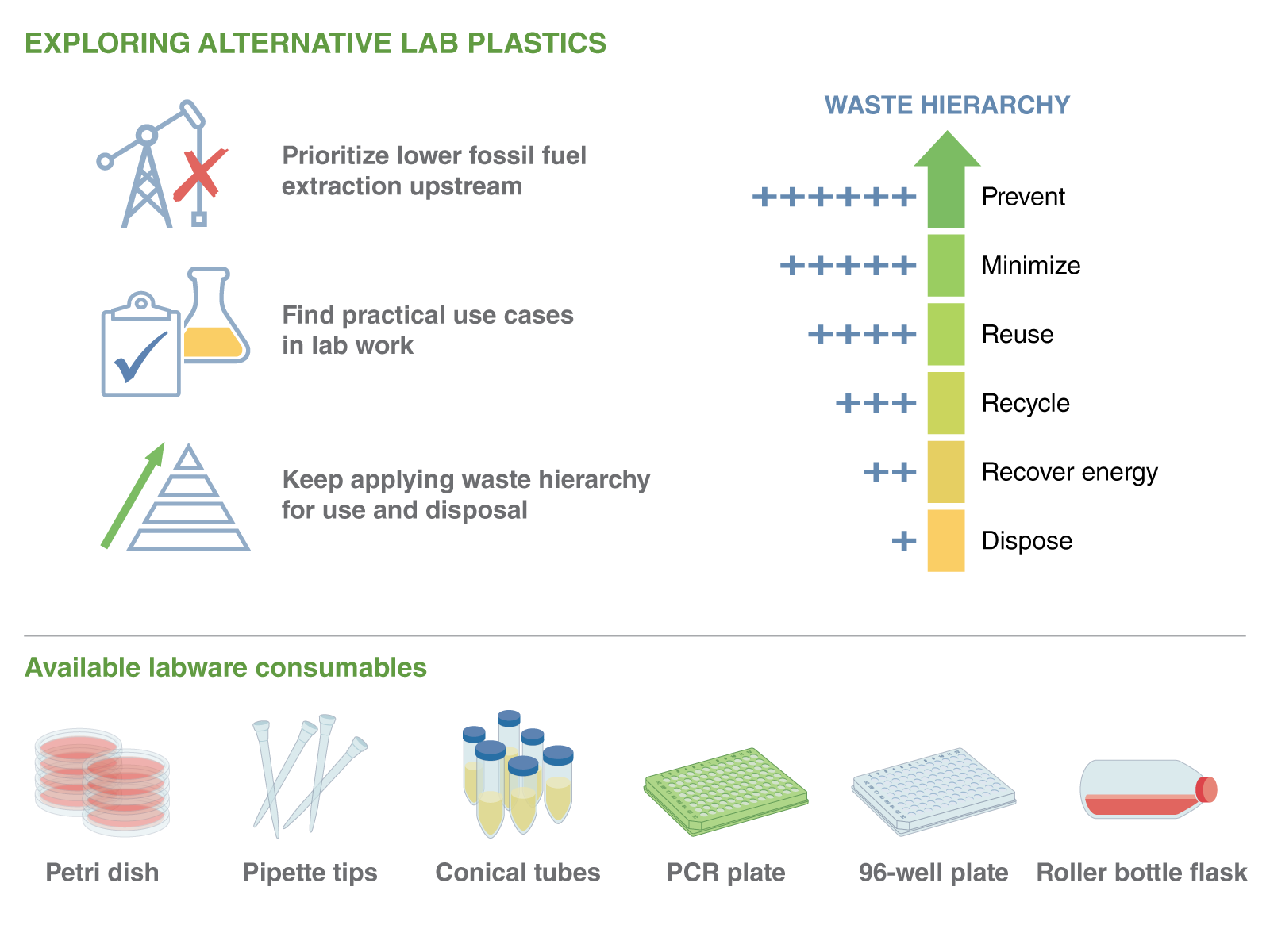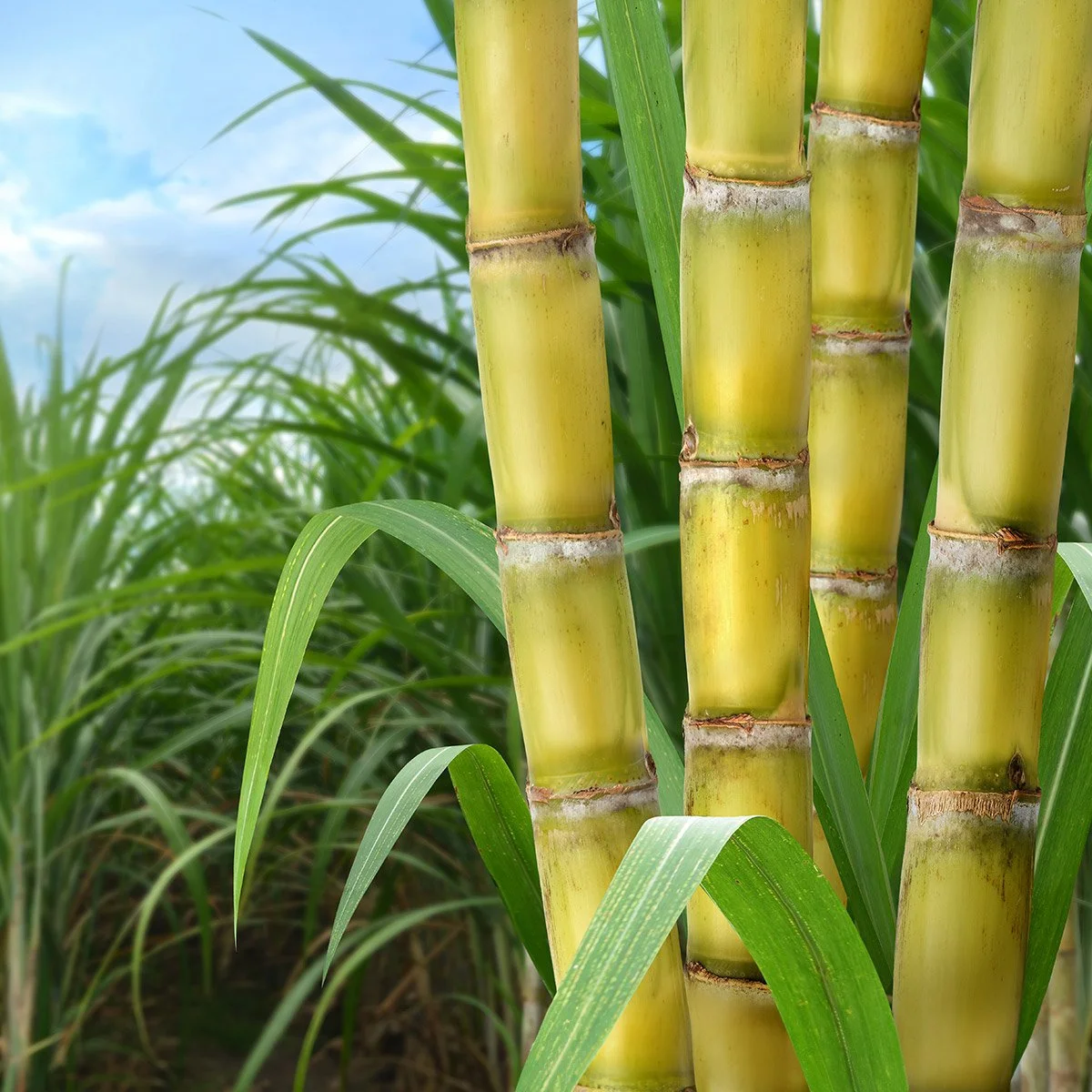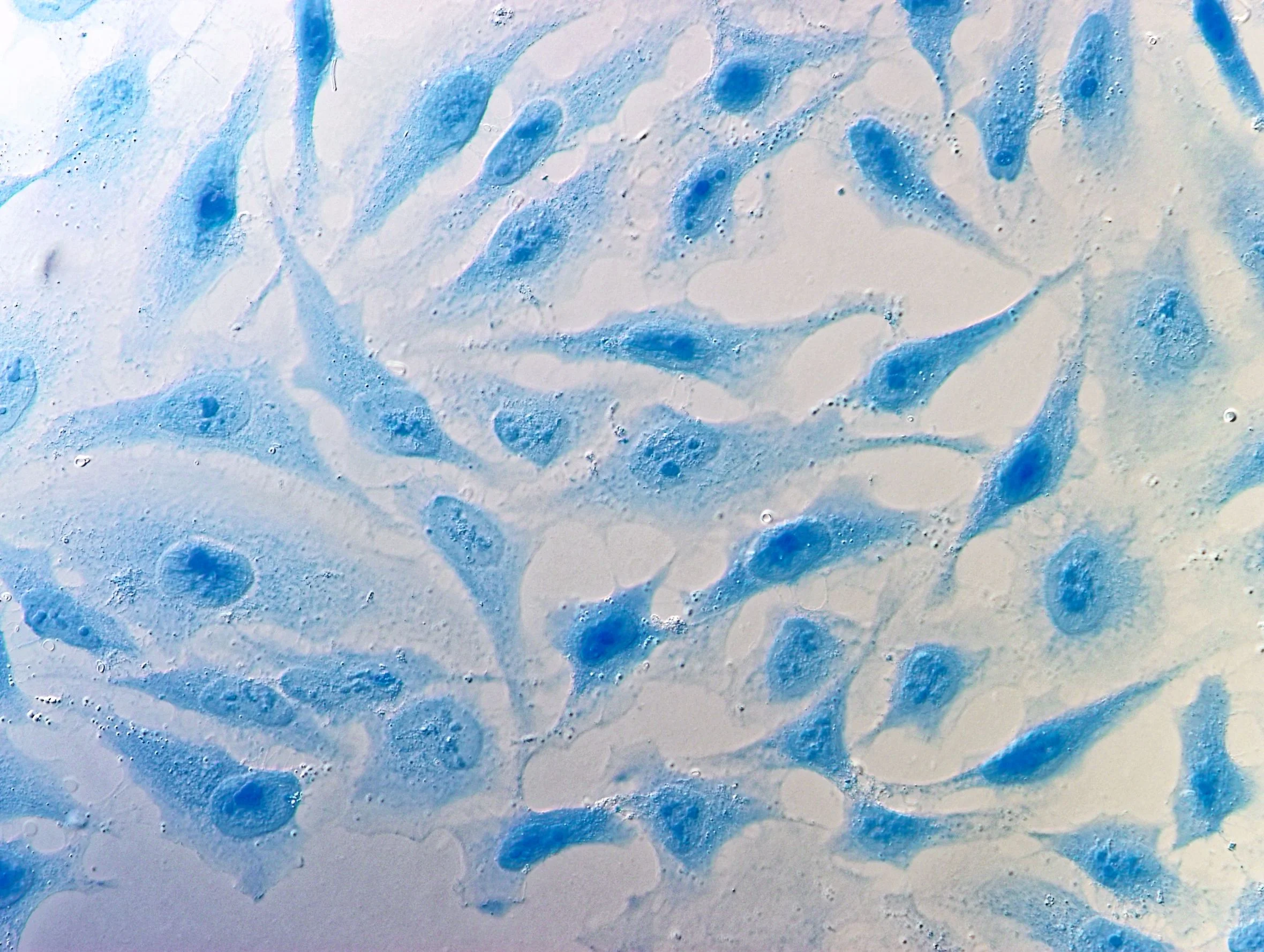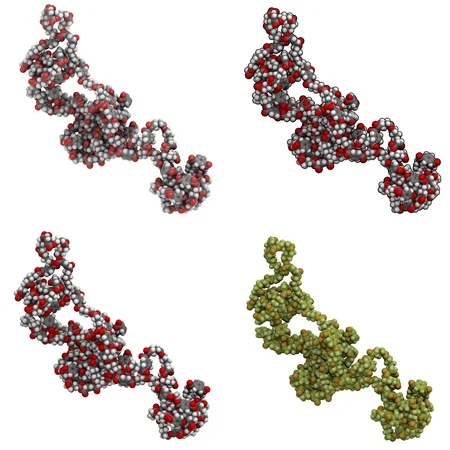In life science, it’s often plastic-polluted ecosystems that firm our resolve to limit the environmental impacts of our lab work. That has set us up for a bit of an existential crisis relationship with single-use lab plastics - the materials that both facilitate scientific progress and accelerate environmental decline. Naturally, we focus on preventing plastic pollution by looking for ways to recycle. The downside is that our distress can distract us from the impact of what occurs upstream when these materials are made. It’s high time to broaden our horizons. Let’s take a moment to recognize a new category of lab plastics as a welcome step forward in sustainability.
Can renewable raw materials help life science go green?
The overall consensus in sustainability research literature has been that the type of plastic is more important than the mass of a plastic part - but does that mean renewable plastics can help life science go green?
It’s been a tall order to answer that question. Using renewables has always been attractive in theory but riddled with complexity. For example, biodegradable plastics sound great, but the characteristics of first-generation resins do not match the capabilities of fossil fuel-based resins for labware. Manufacturers face limited resources for renewable raw materials and those providers need vetting. Lab suppliers also have to compete with other manufacturing sectors for these raw materials. If you want to consider how difficult that is, you might enjoy reading this open-access article: The Plastic Intensity of Industries in the USA: The Devil Wears Plastic. Environ Model Assess 28, 15–28 (2023). (Or perhaps not, if microplastics alarm you!) The demand for feedstocks for biofuel is also stiff competition. Importantly, funding has also been needed to support the science of sustainability. This limits the expertise available to generate data and guidance on various approaches.
Biologists can use a recent sustainability study to explore the question of what factors matter most for plastics in their lab work. The researchers parsed out the factors involved in the making, using, and disposal of lab consumables that lead to higher carbon footprints using proxy emission factors from products made from the same polymers.(1) Cheers to these authors from the Institute for Sustainable Resources, University College London, and the College of Medical, Veterinary and Life Sciences, University of Glasgow, for uncovering key insights with life cycle analyses! The work points to the value of responsible plastic manufacturing. Alternate lab plastics with lower carbon footprints were encouraged with the caution that the environmental benefits of biopolymers strongly vary depending on disposal and other factors. This paper is an excellent resource to help labs discern their most sustainable options.
A few motivated manufacturers have replaced or reduced fossil fuel-based raw materials that go into making labware:
Planet-Safe® Labware from Diversified Biotech, Inc.
BioBased and twin.tec® from Eppendorf
CellScrew® and labware from Green Elephant Biotech
Each lab consumable has specific use cases recommended by the maker. The waste hierarchy can be used to consider your options for disposal. I encourage scientists to consider if these materials could be used in their lab work. Solving this sustainability issue will require stepwise innovations to meet the needs of life science.
Thanks for being labconscious!
Reference:
Ragazzi I, Farley M, Jeffery K, Butnar I (2023) Using life cycle assessments to guide reduction in the carbon footprint of single-use lab consumables. PLOS Sustain Transform 2(9): e0000080











